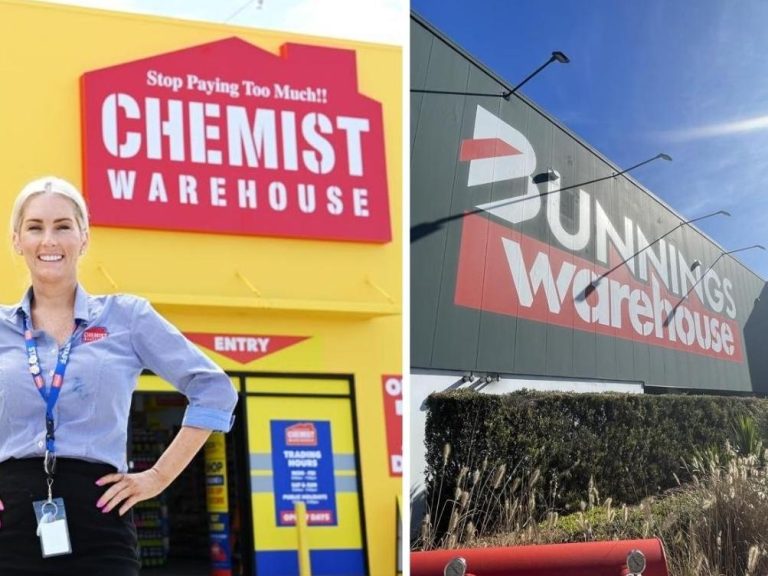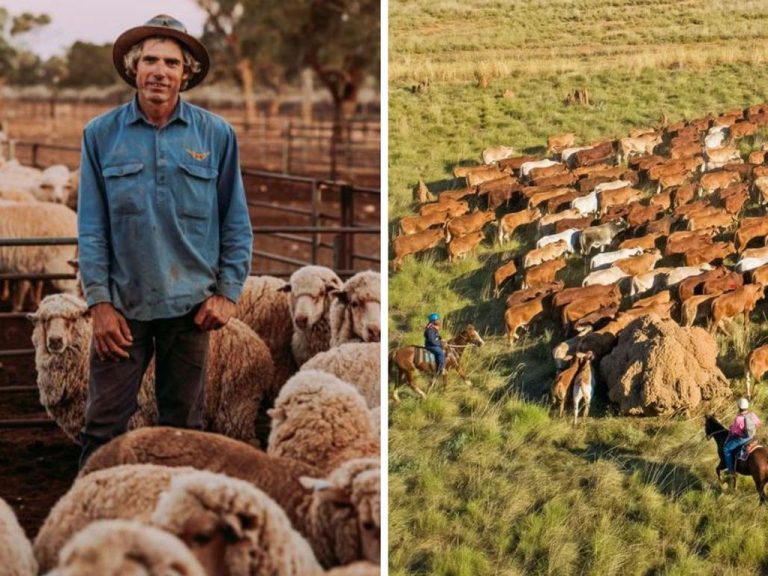‘Demand is patchy’: Are high rents cooling the demand for cold storage?
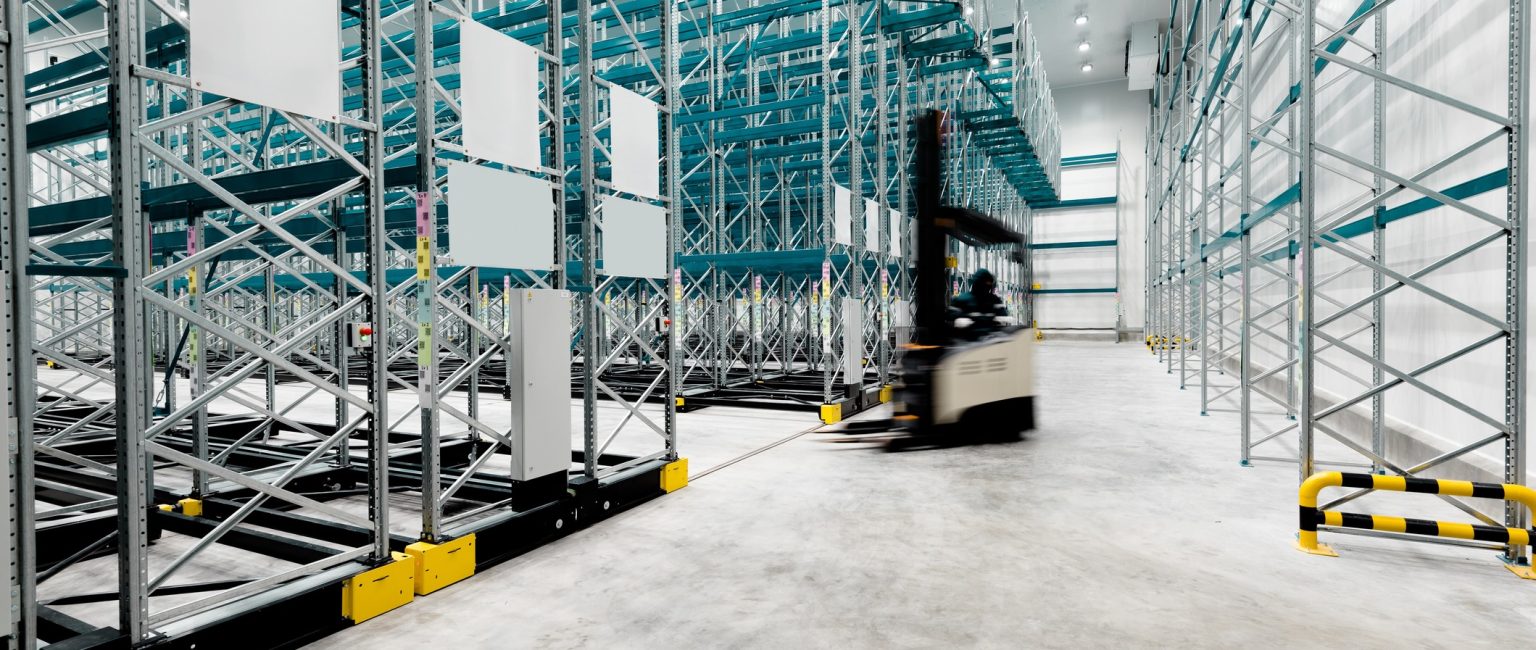
While some reports suggest demand for cold storage in Australia is booming with existing and emerging infrastructure grappling to keep up the pace – but some logistics experts say development projects are struggling to secure tenants and get off the ground.
According to a recent article from JLL, cold storage warehouses – once considered a niche segment of the industrial sector – are now emerging as one of the fastest growing and most under-serviced asset classes.
Research carried out by the commercial property firm highlights a variety of macro trends collectively exerting pressure on the demand for cold storage.
They include high population growth; an ageing population boosting demand for pharmaceuticals and healthcare products; and the growing trend in health-conscious lifestyles, which have driven 21.1% growth in online grocery and meal kit services since 2020.
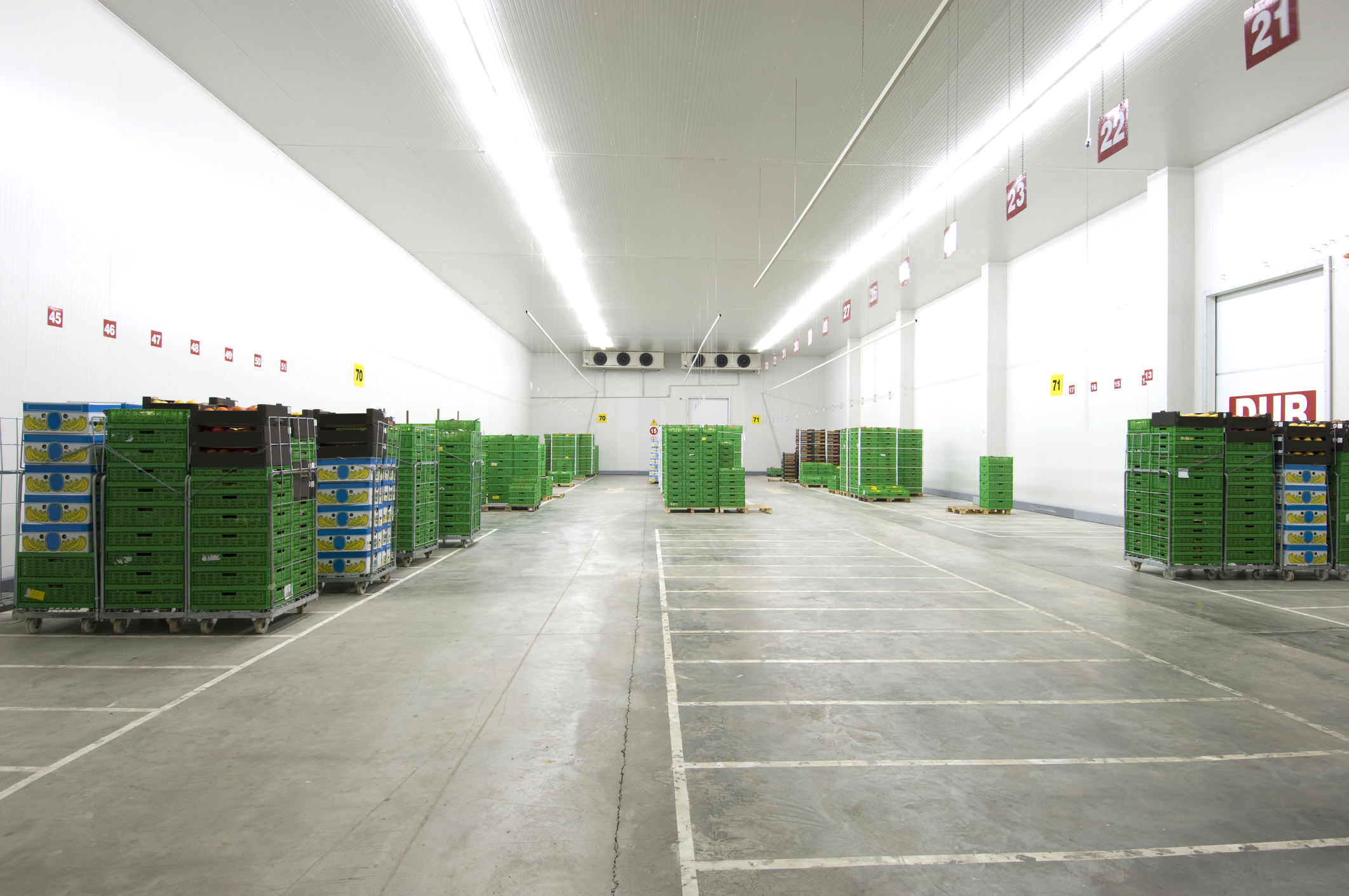
Cold storage requirements have surged in Victoria in the past 12 months. Picture: Getty
Environmental factors are also playing their part, with changing climate conditions having led to an increased demand for refrigerated cosmetic storage.
“As summers get hotter in Australia, some lipsticks now require temperature controlled storage, whereas historically that wasn’t the case,” Richard Phillips, JLL Head of Supply Chain & Logistics Solutions, remarked to realcommercial.com.au.
JLL Director of Logistics and Industrial Victoria, Lachlan Ferguson, suggests cold storage requirements have surged across the state over the past 12 months, with Victoria now leading the country as the epicentre of cold storage growth.
“We’re engaging with a significant number of occupiers who are reviewing their networks to optimise operational efficiencies,” Mr Ferguson said.
“New builds are particularly attractive as they offer substantial energy cost reductions and greater cubic capacity benefits. This combination of cost savings and increased storage volume is driving strong interest in modern cold storage facilities.”
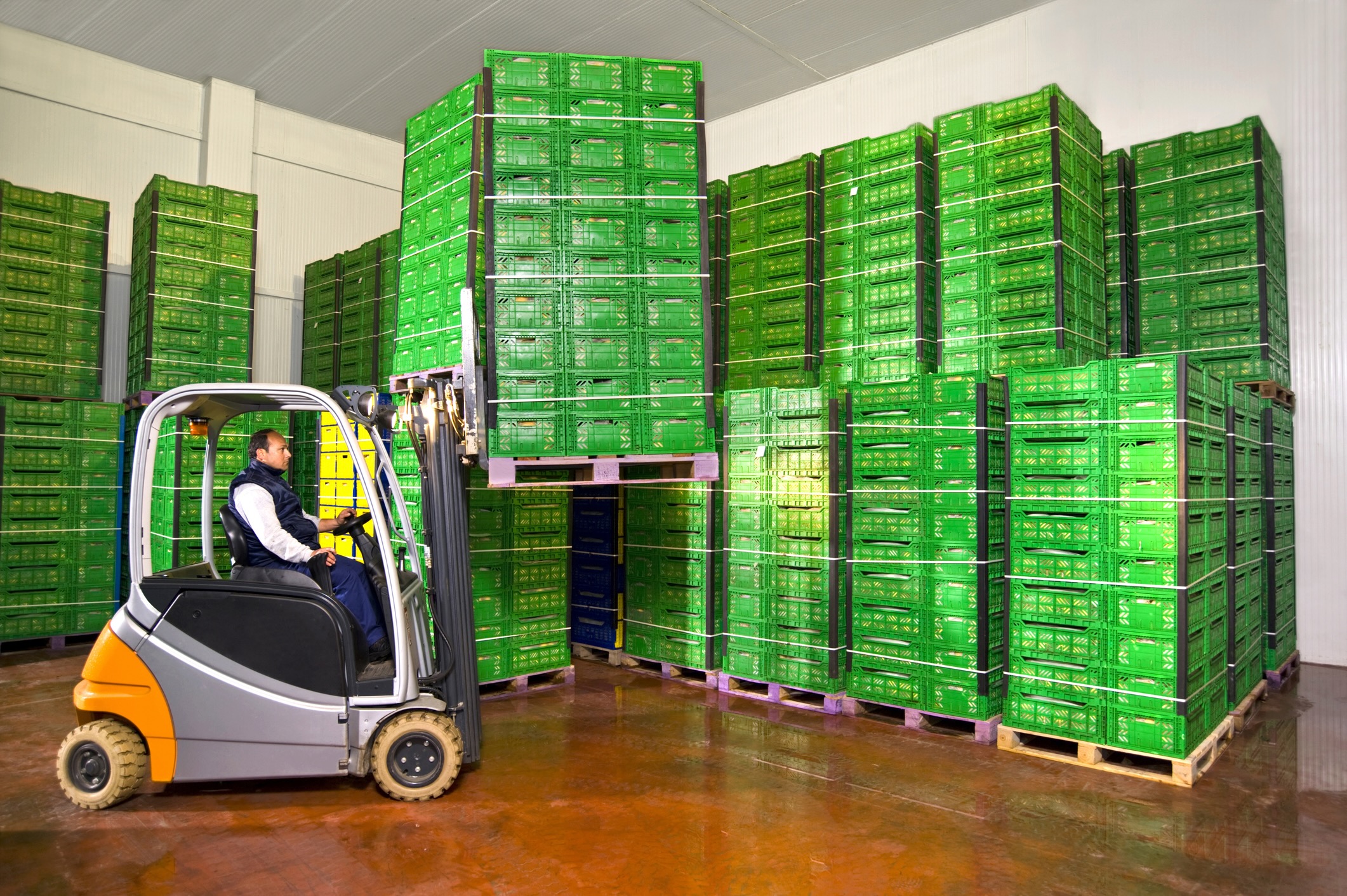
Demand from smaller cold storage users, which make up 90% of the market, is currently very subdued. Picture: Getty
Despite apparent surging demand, JLL research indicates supply of cold storage facilities remains limited, with only six buildings projected to become available in 2025 to 2027.
One such facility is the forthcoming $850 million warehouse from Charter House in the Western Sydney suburb of Eastern Creek, already 90% leased to tenants that include Woolworths, HelloFresh, ALDI and Bidfood.
Also in Sydney’s west, major operator NewCold is building a new facility in Marsden Park – a massive warehouse that will hold over 80,000 frozen pallets.
But while many ‘big player’ operators are committing to large scale transformational projects, TMX Transform director Nick Greenwell said demand from smaller cold storage users, which make up 90% of the market, is currently very subdued.
“All the fundamentals and trends outlined in current reports indicate there should be huge demand for cold storage, but the truth is tenant demand remains very patchy,” he told realcommercial.com.au.
“We’re seeing many cold storage projects struggling to attract tenants, leaving them either sitting there in limbo or failing to get off the ground altogether. There’s been limited supply in the last nine months and many DA-approved sites are still waiting on tenant commitment that simply isn’t coming.”
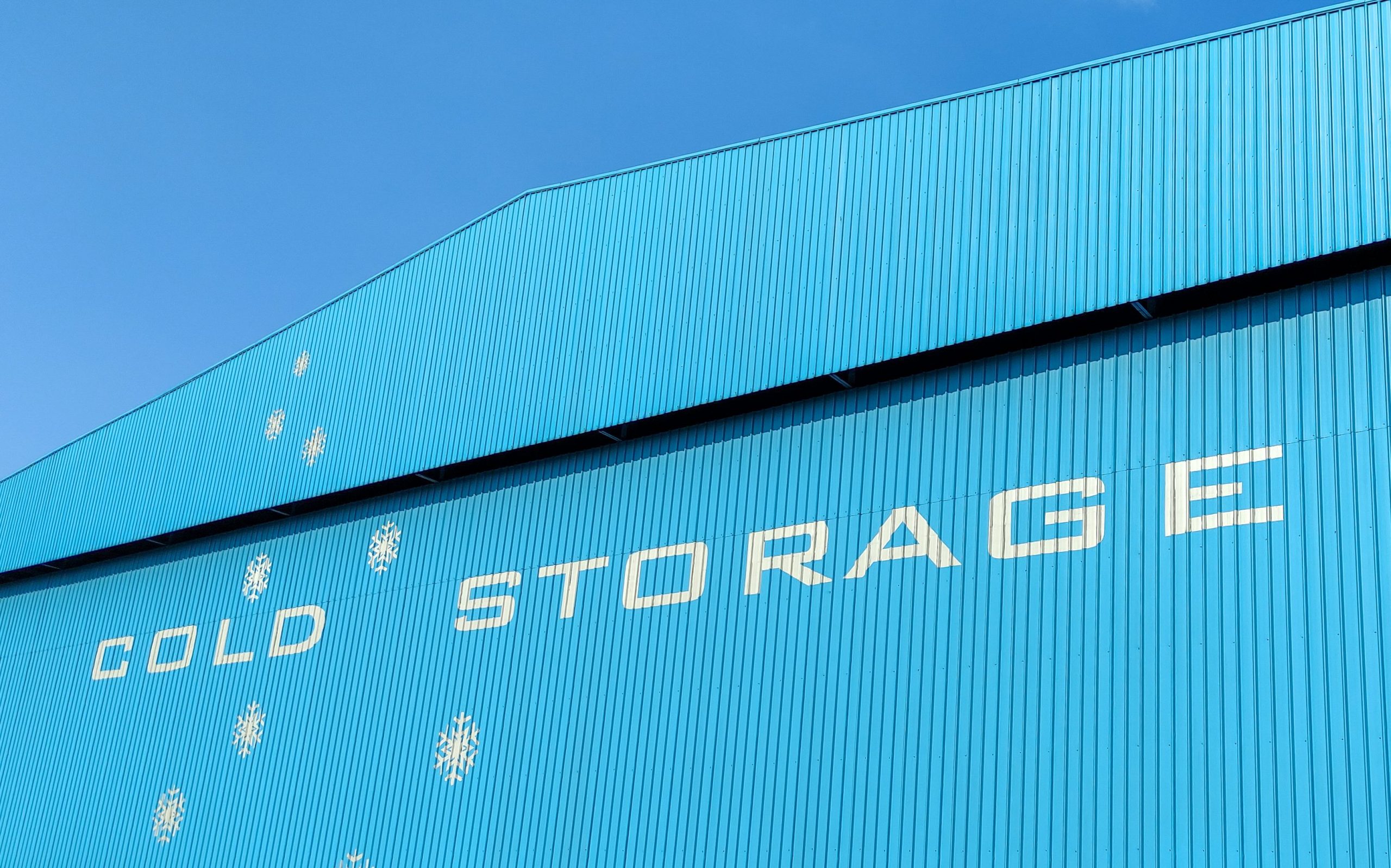
Construction rates for basic cold storage warehouses in Australia range between $2,600 and $3,700 per square metre. Picture: Getty
Mr Greenwell suggests a likelihood for this disconnection were the considerably high rents required by developers to make cold storage warehouse builds feasible, which are at odds with what a traditional cold storage user can afford to pay.
Construction rates for basic cold storage warehouses in Australia range between $2,600 and $3,700 per square metre, while advanced cold storage (automated high-bay) hovers somewhere between $3,500 and $5,000+.
“Many third party cold storage occupiers are being squeezed on margins by their customers in a highly competitive environment – they just can’t make the economic rents stack up,” Mr Greenwell said.
“This has made developers are a lot more cautious in the current economic environment.
They are now pivoting their strategy from a ‘spec build and they will come’ mindset from two years ago, to a ‘wait for a pre-commitment’ approach.”
Looking ahead, Mr Greenwell believes developers and landlords will likely revert to building standard ambient warehouses where there is more assured demand, in an effort to reduce development risk and make construction prices more feasible.
“As for cold storage facilities that are already under construction or completed, owners will need to drop rents and increase incentives if they hope to resolve the pricing issue.”

